|
Vigo (pronounced ‘BEEGO’ [ˈbiɣo] ), geographically speaking, is located in the northwestern part of the Iberian Peninsula. Politically, it’s a bit more complex. It is located in the autonomous community of Galicia in the province of the city of Pontevedra. Some say it’s in Spain :-) Roughly 300000 people were living here in 2019 making it the most populated city in Galicia although the name is originally derived from the Latin word ‘vicus’ for ‘small village’. It is also the economic hot spot of the region and, as a reference point, hosts the EFCA, the European Union Fisheries Control Agency, headquarters.
Throughout the municipality of Vigo, about 50 coves and beaches can make you forget you are spending time in a heavily industrialised estuary. Sandy shores, water sports possibilities, wild coves, family-friendly beaches, nudist beaches, trendy urban beaches…
In popular culture, the Vigo bay is one of the settings in Jule Verne’s ‘Twenty Leagues Under the Sea’. Captain Nemo uses funding drawn from sunk ships in the great Battle of Vigo in order to finish his epic submarine: the Nautilus.
Another book in which Vigo (and a submarine) plays a key role, is the novel ‘Das Boot’ telling the story of German sub U-96 that secretly stopped in Vigo to be resupplied by a German cargo taking advantage of Spain’s neutrality to remain stationed in the area.
Just like Troia in Portugal, Vigo has its very own Carribean setup on the Atlantic coast with white sandy shores and clear turquoise water in the ‘Parque Nacional Maritimo-Terrestre de las Islas Atlanticas de Galicia’, a national reserve composed of a set of islands called Salvora, Ons and Cies sheltering the entrances of the Ponteverda and Vigo estuaries from ocean winds and swell. Numerous boats offer excursions to the islands but booking in advance is pretty much mandatory since the amount of visitors is limited to protect the nature reserve efficiently and the boat rides fill up pretty quickly.
The hotel offer is not incredible in Vigo since the centre is relatively small but the restaurant offer is great. Many places are used to foreign visitors since cruise ships stop almost daily in the port.
The casino is located behind the fishing port next to the marina at the cruise ship terminal and is run by the Luckia group. It opened a few weeks before the Covid lockdowns started in Spain in mid-March 2020 so it does not only look brand new. 2/5 and 5/10 NLH cash games are run mostly during weekends and some of the Spanish Poker tours stop here regularly for small festivals.
The Rande bridge is the symbol of the spectacular Ria of Vigo. This major planning and construction feat was opened to the public in 1978 and traffic started to cross the bridge from 1981. As the longest cable-stayed bridge in the world at this time, it got nicknamed ‘the European Golden Gate’. In 2018, it became the first cable-stayed bridge worldwide to get a 2-lane extension. In Jules Verne’s ‘Twenty Thousand Leagues under the Sea’, the Rande strait is immortalised as the hiding place of great treasures of the Americas under its waters. The Rande bridge is one amazing engineering treasure above sea level.
The Mermaid Man, the man-fish statue made of aluminium and standing tall in the heart of Vigo is one of the city’s modern symbols. It’s positioned 13m above the ‘Porta do Sol’ square on top of two giant granite columns.
Generally speaking, granite is a thing in Vigo. The turn of the 20th century brought a wealthy middle class to Vigo that promoted the building of prestigious houses made of this elegant stone that symbolises Galicia, one of the world leaders in the granite business. Today, some very elegant but also eclectic buildings remain to remind us of these times of magnificent modernism. The ‘La Marina’ and ‘La Alameda’ neighbourhoods and their chic retro style facades, urban parks and centenary trees are a great testimony of Vigo’s golden era.
Copious amounts of restaurants are spread out in the heart of Vigo. As one of the driving economic forces of the region, the the port city is an important business hub but also needs to accommodate thousands of cruise ship tourists who only spend a few hours in town. Seafood is what many people will be after but there are plenty of good options to eat in Vigo. While walking through the old centre near the ‘A Pedra’ market, the Oyster Street might one stop to consider for sightseeing only but also for eating out. The restaurants on this street almost solely focus on offering the best oysters of the Vigo bay.
Vigo also has a series of high-end museums. Beside its role as an economic engine, Vigo also stands out for its active role in cultural development. The Museum of Contemporary Art, the Museum of Plastic Art from Galicia, the Museum of Human Communication, the Museum of Celtic Population or the Roman House are multiple testimonies of the city’s buzzing cultural life.
Nightlife is not THE activity to look for in Vigo. Instead, beside, lush beaches, excellent food, amazing views and a great cultural offer, one can enjoy oneself on as much as ten hills and twelve forest parks spread out around the city. A 50-km long panoramic route leads around the esturary for breath taking views. Among the most popular hills and view points are: the ‘O Castro’ hill with the remains of the Celtic settlement on top of it, the ‘Castrelos’ park or the ‘Mirador del Oilvo’.
The Galician-speaking territory’s first records date back to the 15th century and its history includes attacks and invasions mainly by Vikings, Brits or Turks. From the beginning of the 18th century, because of its strategical importance, Vigo was given a series of privileges by the Spanish crown after its big battle of 1702 but that did not prevent British forces to occupy the city from 1719 as a punishment for a Spanish fleet that had left from Vigo to invade Scotland. The 19th century was a French one in Spain with Napoleon annexing the whole peninsula from 1808 – except Vigo that resisted the French ‘charm’ until early 1809 and it was also the first city to be freed from French rule in the Reconquista. If Asterix and Obelix had lived in Spain, this would have been their city.
During the 20th century, Vigo’s growth exploded thanks to a tax-free zone established by the Franco government from 1947. Free company setups, industrial development plans and fast population growth in these times of countless plan changes, give the whole city an impression of chaotic urban planning. The streets are narrow and never straight. The city seems to be constantly undergoing renovation works in an attempt to remodel urban areas that were built hastily without thinking about future developments.
Vigo is also nicknamed ‘cidade olívica’ (city of olives) Vigo was surrounded by olive groves in the past. However, after a political conflict, the Catholic rulers ordered all olive trees, a symbol of peace in Galicia, to be removed as a punishment for the Vigo nobles who were supporting a Castillian princess. The story tells that one tree, however, couldn't be uprooted as it was on sacred ground. The tree is represented in the city seal, and one of its descendants is still thriving on the ‘Mirador del Olivo’ in Vigo’s city centre with a view point on the estuary.
Vigo is located in the rainiest part of Galicia but the summers tend to be drying up the atmosphere that averages at 14°C throughout the year and the city’s position stuck between the estuary and the islands of the nature reserve separating it from the open ocean and providing a shelter from various meteorological whims coming from the sea. The result is a pretty lush and green region to explore.
Beside being one of the major industrial cities in Galicia, Vigo is also one of the important Roman centres of the Pontevedra province but not much has survived from antique architecture. The chaotic development of the port centre under Franco has been a death blow to Roman remains but numerous municipalities around the area are home to a large number of Roman ruins. Such is the importance of the Roman remains in Vigo that many Spanish authors have come to coin the term ‘Romanesque Vigo’. Vigo still retains some of the awesome Roman churches of Galicia.
At the end of the 20th century, Spain was about to lose the last remnants of once constituted the Spanish empire. Spain’s last overseas territories, Cuba, Puerto Rico and the Philippines are slipping between the Spanish crowns fingers due to the outcome of the 1898 war against the United States an unbalanced clash between an emerging world power and a declining empire. Spain’s last great military response with the dispatch of 300000 troops in 1895 to fight Jose Marti's revolutionary party on the Cuban island, was a desperate one and, at the beginning of 1897, there were two important facts to take into consideration: on one hand, the liberal party in Spain, led by Sagasta, began to call for a diplomatic policy of negotiation rather than military action but, on the other hand, the U.S. Republican, William McKingley came to power with the firm intention to annex Spain's possessions, peacefully or not. The tension between the two parties was at its maximum. At roughly the same time, on the other side of the globe, the Philippines were under the influence of the revolution raised by Jose Rizal. An 1897 revolt was severely smashed by Spanish occupiers, Jose Rizal was accused of plotting an uprising, some sort of a trial took place and Rizal ended up shot. This tragic event eventually ended up pushing the native population towards joining the guerrillas and the situation pretty much escalated to unmanageable levels.
This is the time when the United States decided to officially declare war on Spain. The 25th April 1898 explosion of the ‘USS Maine’ battleship a few weeks earlier in the Havana bay was used as a pretext and it took until the 10th December 1898 for a peace treaty to be signed in Paris in which Spain was forced to renounce its last overseas possessions. An armistice had been signed already on the 12th August that same year and the Spanish soldiers had began to be repatriated shortly afterwards in early September. Vigo was one of the cities most likely to be chosen to receive them, due to its modern port infrastructure and relatively short distance to the U.S. shores. Additionally, the presence of the San Simon lazaretto was a key factor and work soon began to receive sick and wounded soldiers in the thousands.
The city set about the monumental task with warehouses in the port adapted to house the troops and the military hospital was enlarged for the seriously ill soldiers. Moreover, the barracks of the castle of San Sebastian and the Arenal public schools were also fitted as a temporary hospitals. The request of government ships being used as quarantine buffers was rejected but it was already known that the ‘ships of death’ as the vessels bringing back the soldiers were commonly called, were going to bring back many soldiers in very poor health condition. Among the war wounded, many others would be sick with malaria, anaemia, dysentery, tuberculosis and typhoid fever and numerous would die in the middle of the trip back home.
The ‘Faro de Vigo’ (Vigo’s Lighthouse), one of the major local news channels and today’s oldest Spanish printed newspaper appealed for the local population to help taking care of those who were not sick or contagious in their private homes. In many hotels and restaurants, the soldiers were not charged for everything they consumed while personalities and notables started making spectacular donations.
At the beginning of October 1899, the special delegate of the local Red Cross, that had played a crucial role in these troubled times, came together with Ministry of Interior representatives to award the city of Vigo a special title for its involvement in the handling of what Spain commonly called ‘the disaster’. A government resolution of the 3rd of January 1900 granted the title of ‘Siempre Benefica’ (Always Beneficent / Always Charitable) to the city of Vigo for the services rendered to the repatriated soldiers and it became the city motto that has appeared ever since on the lower band of the Vigo coat of arms.
This content was originally created with the support of and for
The photos in this post were shot together with Alexandre Rotenberg
during a road trip from Cascais near Lisbon all the way up to Galicia and back to the Lisbon area via Espinho and Braga.
WWW.THE-ROUNDER.NET
HOME BLOG PHOTOS & COVERAGES POKER TRIPS ART & PRINTS CONTACT & INFO You can get in touch or just stay tuned under the following social media links: Facebook - Instagram - Twitter If you enjoy what you see and read, go get more! I curate all recent relevant #allineverywhere content of the BLOG and occasionally from other sources via my Scoop.it account. A photo archive is available via the PHOTOS & COVERAGES section and you might also be interested in checking the social media updates via the links above. There's an ART & PRINTS section too and you can plan your next winning streak via the POKER TRIPS page. For those who care, I use #pokersolidarity and #allin4ukraine on social media platforms and there is a SOLIDARITY section regrouping my blog posts about how the community following this website tries to be useful for those in need. Wish to support us by assisting us to build our network, by helping to spread the word, by donating equipment, time or some spare money? Then beam yourself to the CONTACT & INFO section. Damiano Nigro
0 Comments
Leave a Reply. |
FIND CONTENT:
All
|





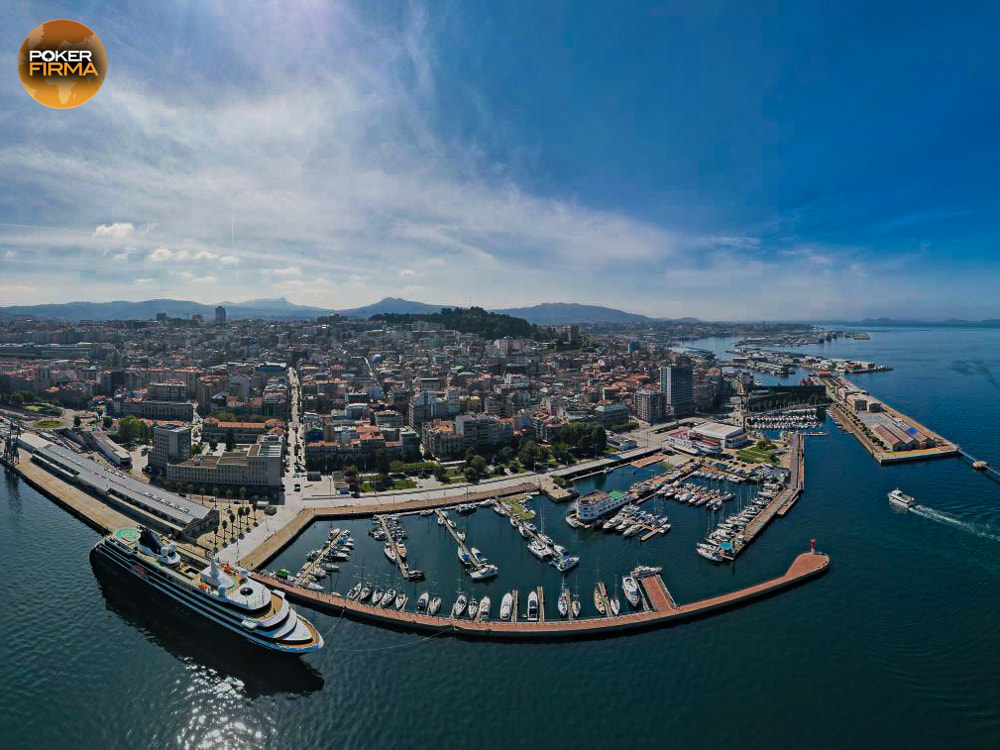

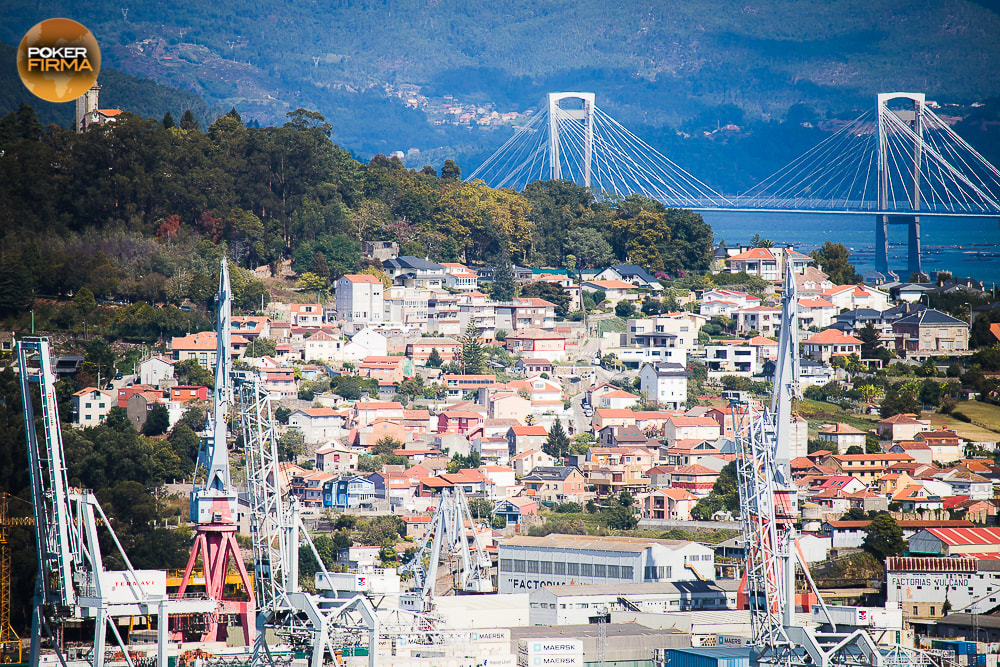
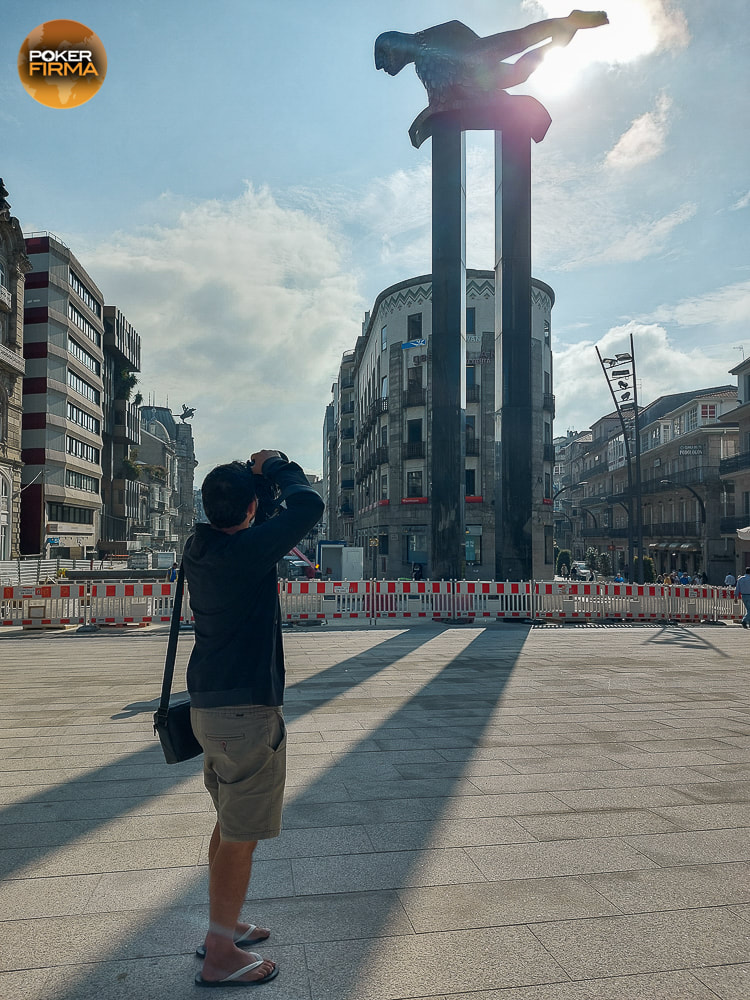
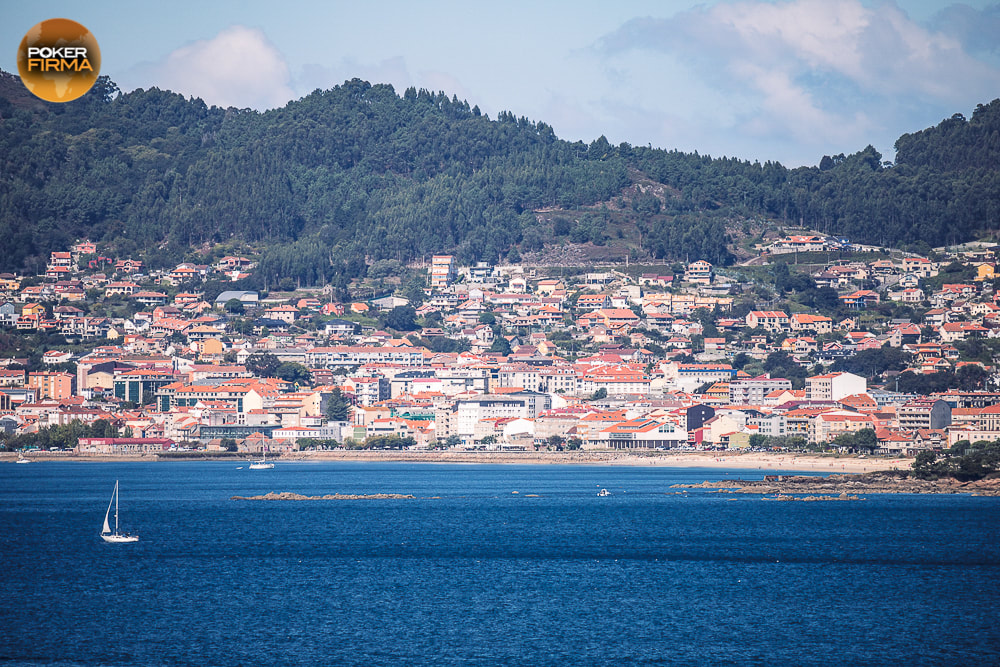
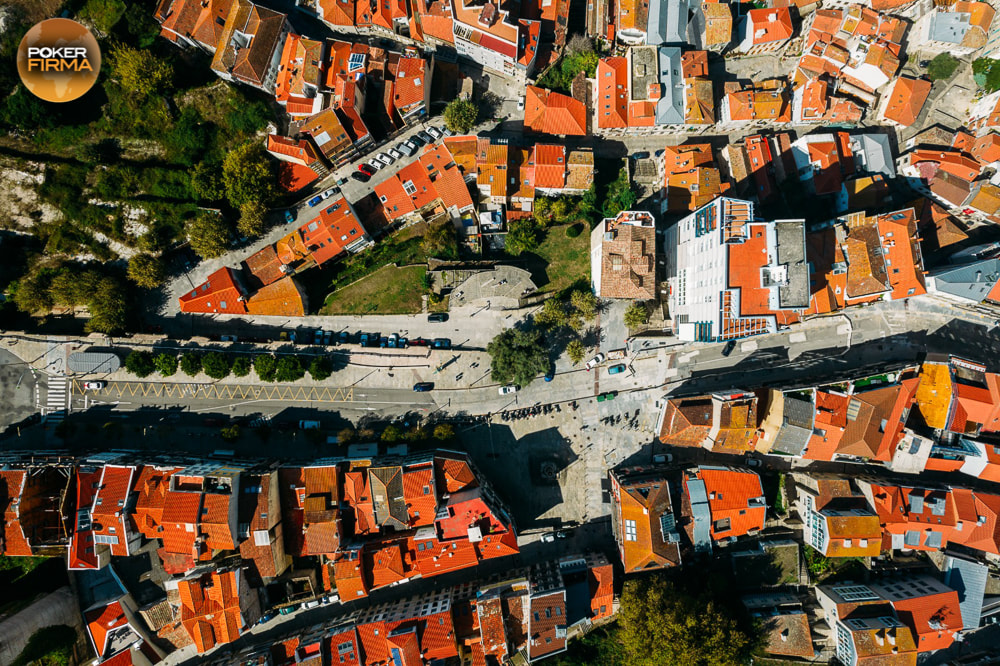






 RSS Feed
RSS Feed

